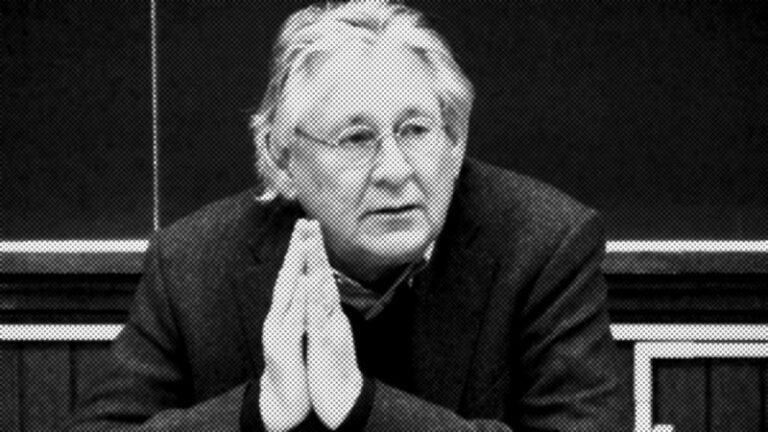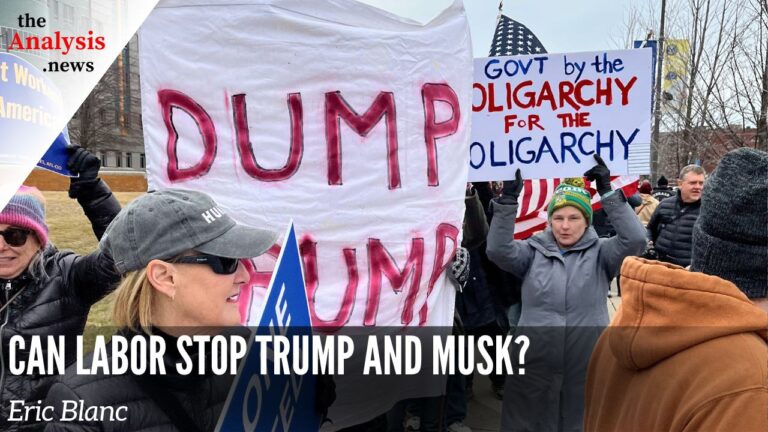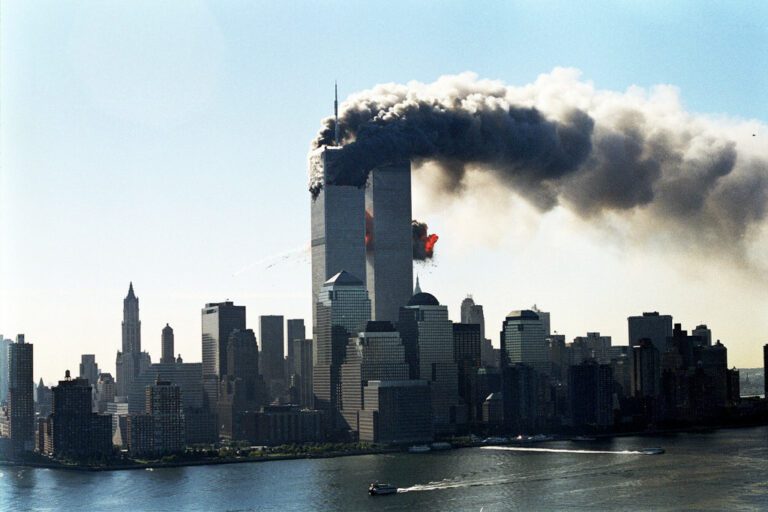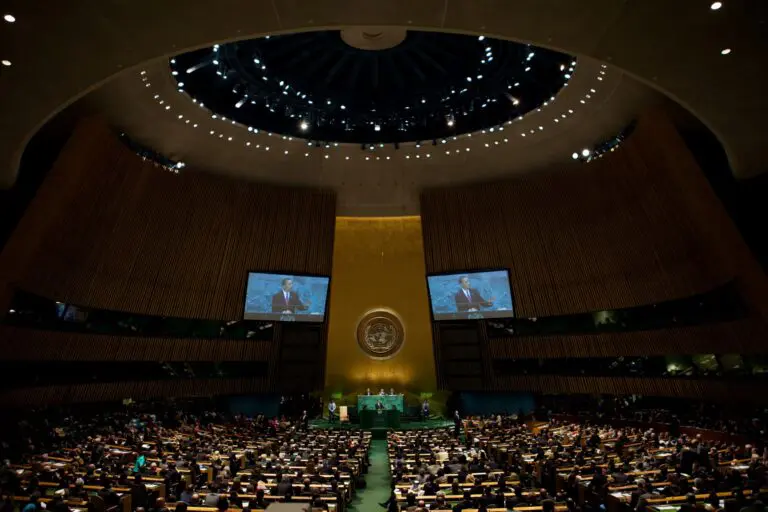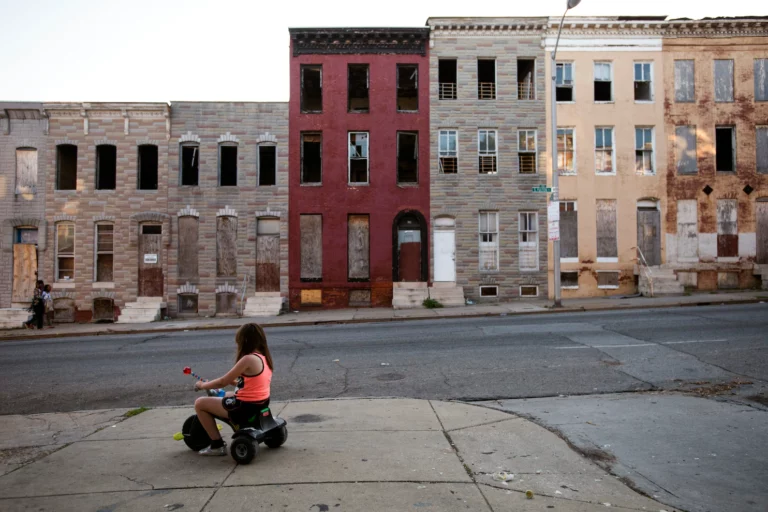An H-Bomb first strike will create firestorms and smoke that ends most human life; this is a fact ignored by military planners and by the Trump administration which doesn’t believe in climate science – says Daniel Ellsberg on Reality Asserts Itself with Paul Jay. This is an episode of Reality Asserts Itself, produced November 23, 2018, with Paul Jay.
PAUL JAY: Welcome back to Reality Asserts Itself. I’m Paul Jay. This is The Real News Network, and we’re continuing our discussion with Daniel Ellsberg. Thanks for joining us again.
DANIEL ELLSBERG: Good to be here.
PAUL JAY: If I’m understanding what you’re saying correctly, the hydrogen bomb, these kinds of firestorms and the kind of smoke that gets created, it doesn’t matter about the second strike. A first strike is the end of all life. And if that’s the case, it’s not even a deterrent anymore.
DANIEL ELLSBERG: Well, being able to end life on earth is a deterrent, if you can make it plausible that you might do it. Actually, it’s all too plausible that under various circumstances, the system might be set off. It’s pretty deterrent, indeed, but it’s at the cost of accepting the possibility of the destruction of civilization, or of life. But we haven’t quite gotten to why that is the effect.
What the thermonuclear weapons did was to raise the level of damage out of the World War II category of tens of millions, 60 million, ten times more than that; 600 million, and really twice as much as that, in various other calculations. A billion, or so. Perhaps a third of the population of the earth at that time, which was 3 billion. Or now the corresponding thing would be something more than 2 billion people.
However, the smoke—rather than the radioactivity fallout—from the thermonuclear weapons turns out to be what kills nearly everyone. And that was a factor of nuclear war that wasn’t considered till 1983, after the models, computation models, of what happened to the dinosaurs had begun coming out in 1979, ‘80, ‘81. They began to look at what will happen to the smoke, given that a firestorm caused by any nuclear weapon, not just a few incendiaries, but any nuclear weapon, will give you the firestorm effect with the extreme updraft, which lifts the smoke into the stratosphere where it doesn’t rain out, unlike even a lot of smoke in the troposphere, or the lower atmosphere of the earth, as in the Gulf War when the oil wells were burning in the desert. That smoke fairly soon came out of the air; did not have a global, or even regional, effect.
But the smoke that’s lofted into the stratosphere by the nuclear-weapon stays there for a decade or more. The first models only could look as far as a year or so, but even that meant that the smoke from a war between the U.S. and Russia, with enough cities burning, and lofted into the stratosphere, would reduce about 70 percent of the sunlight around the earth, including the Southern Hemisphere. The radioactive fallout stays mainly in the hemisphere where the explosions occur. Winds from the equator keep it up there, basically. So the Southern Hemisphere is not so strongly affected. The smoke goes around the earth very quickly. It destroys all the harvests. In fact, it would create ice age conditions on the surface of the earth, even in the summer, with frozen lakes and rivers and whatnot. And in particular killing all the harvest worldwide.
The global supply of food is about 60 days, concentrated in a few countries, like ours, that export a lot of grain, or soybeans, like China, as well. So we’d last months longer without exporting. And other countries would starve faster. But within a year, something like 97, 98, 99 percent of humans would starve to death. Probably, these scientists have concluded recently, it would not mean extinction. One percent, or less, or two percent might survive, in Australia, New Zealand, eating mollusks and fish in the oceans. But 98 percent would be gone, essentially.
And you’d have—in other words, we have had all this time, without realizing it until the ‘80s, a doomsday machine. But we’ve maintained it. The doomsday machine, of course, is a notion that figures into Dr. Strangelove. It’s the heart of the theme, in the end. An idea invented at Rand by my then-colleague Herman Kahn, who conjectured a deterrent system which would destroy all life on earth automatically. But he said that has never existed and will never exist; it’s a concept just to make a rhetorical point. It kills too many people. In fact, everybody.
So as Teller said at the time, there could not be omnicide from his weapons, H-bombs. But he was thinking at that time about fallout, which was the idea, which was the mechanism, the effect involved in the movie On the Beach. And the DoD, the Defense Department pointed out at the time, we don’t have enough thermonuclear weapons to kill everybody with fallout, especially when the explosions are in the Northern Hemisphere, and so forth. But the smoke would have done it just then. We had—or earlier. In fact, even with A-bombs, it’s enough to burn the cities. By Truman’s time, 1951-’52, with a thousand A-bombs mostly targeted on cities, if those had been used in the Berlin crisis, or a little later in the Cuban crisis, we wouldn’t be here, because the burned cities and the smoke would have acted, in fact, as a doomsday weapon, and we didn’t know it. Herman was wrong. Teller was wrong that you couldn’t do this. Nobody’s perfect. They made a mistake.
Since we’ve known it, since the early ‘80s, the DoD has essentially ignored this. They’ve calculated—but as far as I know or the scientists that I’ve talked to know, no president has actually been briefed on the effects of his different options against Russia. Smaller, intermediate, large. The smaller ones make no sense in a conflict with Russia. Escalation would be virtually certain. Doomsday would be virtually certain with the nuclear weapons.
PAUL JAY: And it would be virtually certain even if there was never a second strike back at the United States. The first strike is enough to do it.
DANIEL ELLSBERG: [We ourselves], Alan Robock, a leading environmental scientist on this, and Brian Toon, also, have written an essay for the Bulletin of Atomic Scientists called Self-Assured Destruction—not MAD, but SAD. A war between the U.S. and Russia would be suicidal for each, and essentially omnicidal, to use a term of John Somerville, a philosopher, killing everything.
Not quite everything. Some humans would almost surely survive to do it all again, in effect. But most larger animals would not. They’re not as adaptable as we are. They can’t move thousands of miles to a different latitude. They don’t have fire and houses, and whatnot. They would all die, as happened under the dinosaurs.
PAUL JAY: In Dr. Strangelove, Strangelove says build—in deep mine shafts, build bunkers, build a whole underground civilization to survive this.
DANIEL ELLSBERG: The one percent is essentially preparing for that, to some extent. Survivalists.
PAUL JAY: That’s another–[crosstalk]. Did you have a bunker to go to? Did you have a number?
DANIEL ELLSBERG: I did not. I did not, but my boss, head of the Rand Economics Division, Charlie Hitch, later controller in the Defense Department, did build a bomb shelter. And actually, Willard Libby of the Atomic Energy Commission had a bomb shelter during the missile crisis which burned, about that time, which Edward Teller—which Leo Szilard said that proved that not only God exists, but he had a sense of humor.
PAUL JAY: Do they have now some kind of underground that elites can go to?
DANIEL ELLSBERG: I think the planning for either climate change or nuclear weapons, or winter, is, we know, going on by the billionaires, by some fraction of them, survivalists, who do plan to survive all this—and possibly could, if they can get down to New Zealand, and have their bubble atmosphere, in effect, and their robots working for them, and their own artificial sunlight and whatnot during this. Grow some crops during that. I think they actually, some of them figure on surviving. It won’t be America. It won’t be anywhere that exists today. It’ll be like living in a submarine, essentially.
And some people do that for months at a time, in our nuclear submarines, each one of them capable of destroying most life on earth. We have 14.
PAUL JAY: In his book, Doomsday Machine, Daniel Ellsberg writes:
“The strategic nuclear system is more prone to false alarms, accidents, and unauthorized launches than the public (and even most high officials) has ever been aware. This was my special focus of classified investigation in 1958–61. Later studies have confirmed the persistence of these risks, with particularly serious false alarms in 1979, 1980, 1983, and 1995. The chance that this system could explode “by mistake” or unauthorized action in a crisis—as well as by the deliberate execution of nuclear threats—taking much of the world with it, has always been an unconscionable risk imposed by the superpowers upon the population of the world.”
“Potentially catastrophic dangers such as these have been systematically concealed from the public. In 1961 I had learned as an insider that our secret nuclear decision-making, policy, plans, and practices for general nuclear war endangered, by the JCS estimate, hundreds of millions of people, perhaps a third of the earth’s population. What none of us knew at that time—not the Joint Chiefs, not the president or his science advisors, not anyone else for the next two decades, until 1983—were the phenomena of nuclear winter and nuclear famine, which meant that a large nuclear war of the kind we prepared for then or later would kill nearly every human on earth (along with most other large species).”
“It is the smoke, after all (not the fallout, which would remain mostly limited to the northern hemisphere), that would do it worldwide: smoke and soot lofted by fierce firestorms in hundreds of burning cities into the stratosphere, where it would not rain out and would remain for a decade or more, enveloping the globe and blocking most sunlight, lowering annual global temperatures to the level of the last Ice Age, and killing all harvests worldwide, causing near-universal starvation within a year or two.”
“There would be no limiting of damage to the superpower attacker—or to its allies, or the “enemy” population or that of neutrals throughout the globe—by its superpower adversary striking first rather than second (even without suffering retaliation), or by its preemption, “counterforce,” or “decapitation” attacks, in short by any of the missions the great bulk of its weapons are specifically designed and intended to do. Damage to itself, and to everyone else, from its own first strike would be total, unlimited.
There is no sign that the findings of the latest scientific peer-reviewed studies of climatic consequences of nuclear war over the past decade have penetrated the consciousness of U.S. officials or Russian officials or have influenced in any way their nuclear deployments or arms-control negotiations.”
“Whether or not President Donald Trump has been briefed on this (almost surely not), both he and several of his cabinet officials, along with leaders of the Republican majority in Congress, are famous deniers of the scientific authority of such findings, based as they are on the most advanced climate models.”
PAUL JAY: Please join us for the next segment of our series with Daniel Ellsberg on Reality Asserts Itself on The Real News Network.
Podcast: Play in new window | Download | Embed
Subscribe Apple Podcasts | Spotify | Android | iHeartRadio | Blubrry | TuneIn | Deezer | RSS

